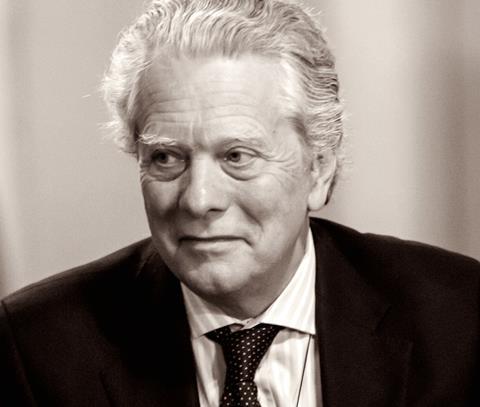When it comes to defining what makes a place beautiful, we should defer to those who live in that community, writes Robert Adam

We all talk about beauty. People can be beautiful, nature can be beautiful, football can be a beautiful game. When we go to places, we can call them beautiful and choose them for our holidays.
Most people, even some architects, will describe buildings as beautiful. So, it must be obvious that when a building or a place is designed, we want it to be beautiful.
But the idea of beauty dropped out of the architectural narrative some time ago. Instead, architects like to describe their designs as ‘challenging’, ‘re-defining’, ‘unapologetic’, ‘radical’ and the fatuously obvious, ‘for the future’, and so on. These don’t fit very well with the idea of beauty.
‘Challenging beauty’ means questioning what most people think is beautiful. ‘Re-defining beauty’ implies a kind of beauty that most people don’t find beautiful right now. Indeed, this is the point.
Of course, they’re far from starving and they don’t live in garrets
Architects often see themselves like the mythical starving poet in a garret: an unrecognised genius only to be discovered by a more enlightened future. Of course, they’re far from starving and they don’t live in garrets. But this idea gives them licence to produce what the misguided and ignorant right now think to be ugly.
And beauty is so nowadays and bourgeois. The very thing that the radical, unapologetic, future visionary wants to get away from.
To support this, the cliché, first coined by Margaret Hungerford in 1878, is often rolled out, “Beauty is in the eye of the beholder”. This is taken to mean that beauty is just personal and so variable that it shouldn’t be used as a standard.
But if we think that beauty is so inconsistent that it has no useful meaning, why would we describe anything as beautiful? Do we really mean, “I think this is beautiful but, yeah, that’s just me”?
No, when we call something good or bad, we’re trying to describe it to people we expect to share our views. Otherwise, there’s no point. When we say something’s beautiful, we’re telling someone that it inspires us and gives us pleasure and we expect that it will inspire and give them pleasure too.
To get over this, some resort to cod-maths or mysticism. There are claims for proportions that make anything beautiful. Disciples of the golden section claim that the most plug-ugly building that has proportions of 1:1.618 somewhere has by-definition beauty.
Others claim that beauty is something mystic and nameless living in the la-la land of timelessness. There is possibly more in neuroscience or wired-in species survival, but they don’t give anyone a formula for design.
Beauty can apply to anything: to my dinner, my shirt, my chair, my car, my house and my city. Not everyone will agree now or for all time that all these things are beautiful. Some things are more ephemeral than others, a taste for broccoli is personal and fashions for clothes change a lot quicker than cities.
History and anthropology do show us that ideas of beauty can change over time and in different cultures. But that’s not a reason to give up on the whole idea. You don’t scrap carbon net zero in case the statistics change in a few years’ time.
Like all descriptions of things that can’t be measured and fact-checked, we rely on some level of understanding with the person we’re speaking to. While we might not all agree that floral patterns are beautiful, a lot of people may agree that Wells Cathedral or Edinburgh New Town are beautiful. Tastes in floral patterns don’t matter much but, for those that make buildings or places, what most people think is beautiful now, does.
A beautiful building or a beautiful place is what the greater part of the community think is beautiful. The only question is, which community? There can be a community that lives in a place and there can be a community of experts.
The community of experts can call quite different things beautiful to those of the wider community. But if you are designing for the community that lives in a place, it must be obvious which version of beautiful is important.
>> Robert Adam: Let’s get real
















3 Readers' comments